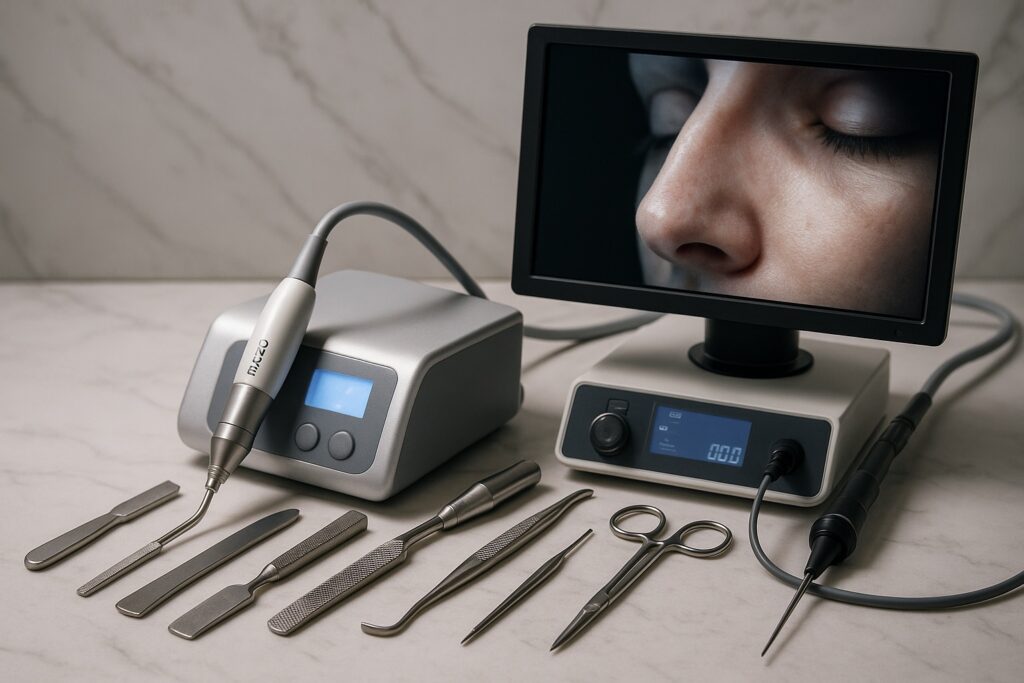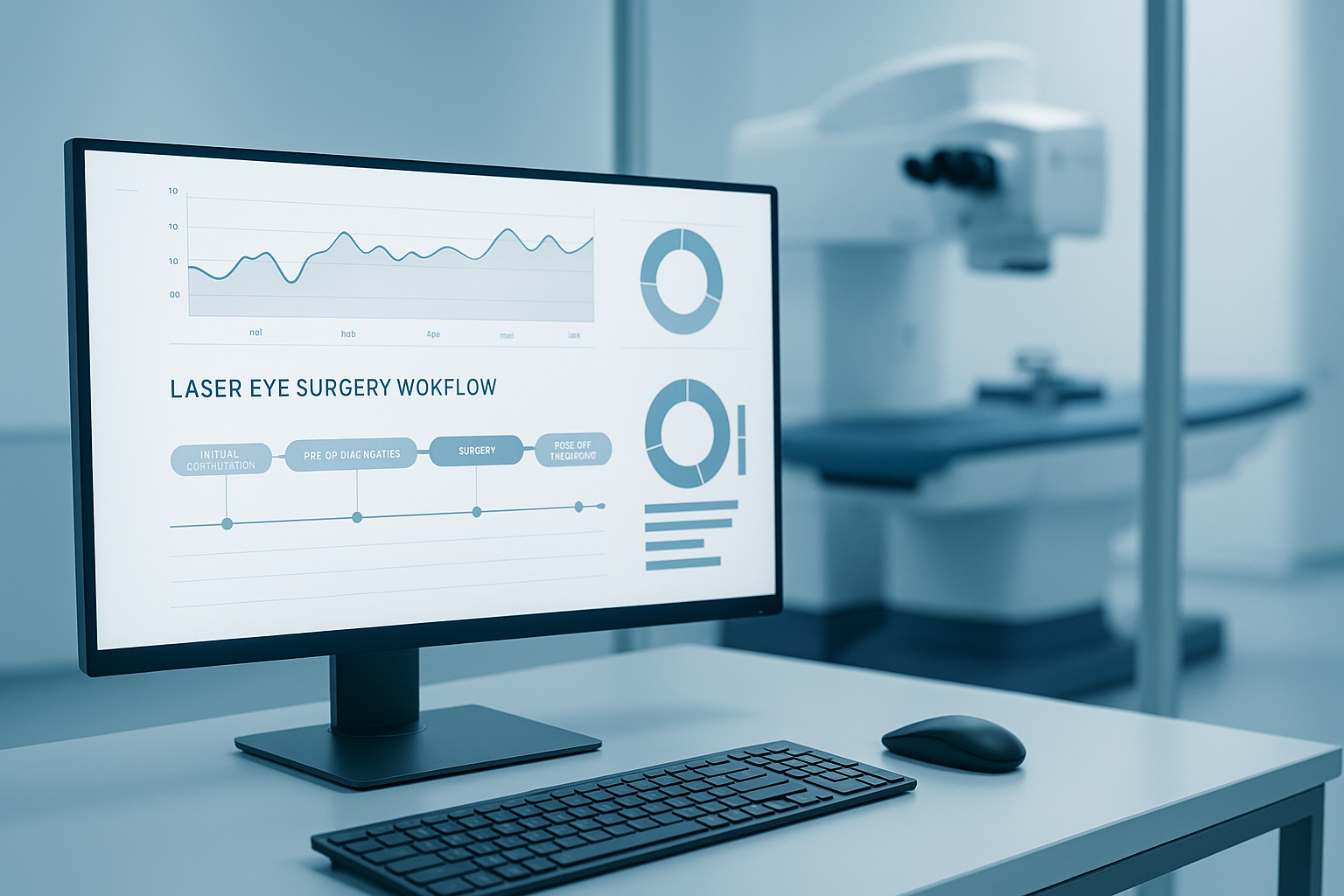Rhinoplasty Tools & Cartilage Tech: Global Market Size by Country
July 25, 2025 | by cutepm.com


1. Rhinoplasty: Key Surgical Tools & How They Work
Rhinoplasty relies on a range of precision instruments each engineered to reshape cartilage and bone with accuracy and safety.
- Osteotomes & Bone Chisels
Surgeons use these to fracture and reposition nasal bones (dorsum/nasal hump). Precision sculpting is performed with bone-scraping rasps and mallets for smooth contours - Piezoelectric (Ultrasonic) Rhinoplasty Tools
These use high-frequency, low-heat vibrations to gently reshape bone and cartilage without soft-tissue damage. This atraumatic method reduces bruising and speeds healing - Microdebriders & Bipolar Cautery
Used primarily in turbinoplasty, microdebriders refine soft tissue while maintaining mucosal integrity. Bipolar cautery provides hemostasis, reducing intraoperative bleeding - Endoscopes & High-Definition Visualization
Flexible or rigid endoscopes (e.g., from Karl Storz) offer real-time 3D or HD views. Surgeons perform closed rhinoplasty with millimeter-level precision while avoiding visible incisions
2. Technical Advantages & Added Value
- Precision & Safety
Ultrasonic tools limit surrounding tissue trauma. Endoscopic systems ensure accurate visualization, lowering revision rates. - Improved Recovery
Less swelling and shorter stays result from atraumatic bone reshaping and effective bleeding control. - Reproducible Aesthetics
Guided osteotomies and high-def imaging create predictable nose profiles aligned with individualized 3D simulations on https://daprs.com/nose/cartilage.php. - Market Differentiation
Clinics promoting “ultrasonic rhinoplasty” can charge premium prices due to reduced risk and faster recovery.
3. Global Rhinoplasty Market Size: Country-by-Country Breakdown
| Region / Country | Market Value (2024) | Forecast & Highlights |
| Global Total | USD 6.44 billion | To reach USD 13.8B by 2033 at CAGR ~7.7 % |
| Implants Segment | USD 1.3 billion | USD 2.6 B by 2034, CAGR ~5.9 % |
| U.S. | USD 315 million (implants) | Largest regional share (~24 %) |
| North America | ~24 % of global revenue | |
| Asia–Pacific | Fastest‑growing region zionmarketresearch.comHTF MI | AP implant market to reach USD 790M by 2033 (from ~380M) |
| Europe | High adoption of ultrasonic & endoscopic tools | Expected strong CAGR (~8 %) zionmarketresearch.com |
| South Korea | ~25 % share of global plastic surgery market | Heavy investment in advanced cartilage tech |
| Other Markets | Latin America, Middle East, Africa expanding rapidly | South Africa fastest-growing (~USD 160M by 2030) |
**Research based on the kbvresearch.com, 10Straits Research, 10The Business Research Company+10, Global Market Insights Inc.LinkedIn, Global Market Insights Inc. and Grand View Research
4. Why This Matters for Clinics
- High-margin opportunity in ultrasonic and endoscopic rhinoplasty procedures.
- Market leadership comes from investing in the tools listed on https://daprs.com/nose/again.php
- Regional strategy:
- In the U.S. and Europe, focus on implant and HD visualization systems.
- In Asia-Pacific, emphasize ultrasound and piezo tools.
- In South Korea, leverage local demand for cutting-edge cartilage reconstruction.
5. Summary
Rhinoplasty (코성형) today uses osteotomes, piezoelectric shavers, microdebriders, cautery devices, and endoscopic visualization to achieve precise, safe, and efficient results. This technology underpins a USD 6–7 billion global market in 2024, with the implants segment alone at USD 1.3 billion. Countries like the U.S., North America, and Asia-Pacific lead growth, while Korea maintains strong specialty positioning. Clinics adopting these tools, as listed on the cartilage technology page, can command higher pricing and differentiate in a booming international field.
RELATED POSTS
View all

